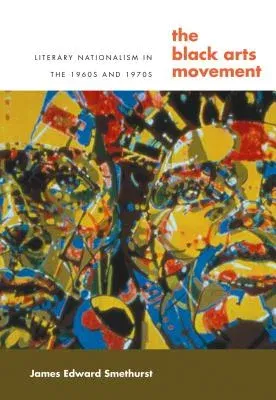James Smethurst
(Author)The Black Arts Movement: Literary Nationalism in the 1960s and 1970sPaperback, 9 May 2005

Qty
1
Turbo
Ships in 2 - 3 days
In Stock
Free Delivery
Cash on Delivery
15 Days
Free Returns
Secure Checkout
Part of Series
The John Hope Franklin African American History and Culture
Part of Series
John Hope Franklin Series in African American History and Culture (Paperback)
Part of Series
John Hope Franklin Series in African American History and Cu
Print Length
488 pages
Language
English
Publisher
University of North Carolina Press
Date Published
9 May 2005
ISBN-10
0807855987
ISBN-13
9780807855980
Description
Product Details
Author:
Book Format:
Paperback
Country of Origin:
US
Date Published:
9 May 2005
Dimensions:
22.2 x
16.36 x
3.05 cm
Genre:
African American
ISBN-10:
0807855987
ISBN-13:
9780807855980
Language:
English
Location:
Chapel Hill
Pages:
488
Publisher:
Series:
Weight:
675.85 gm

